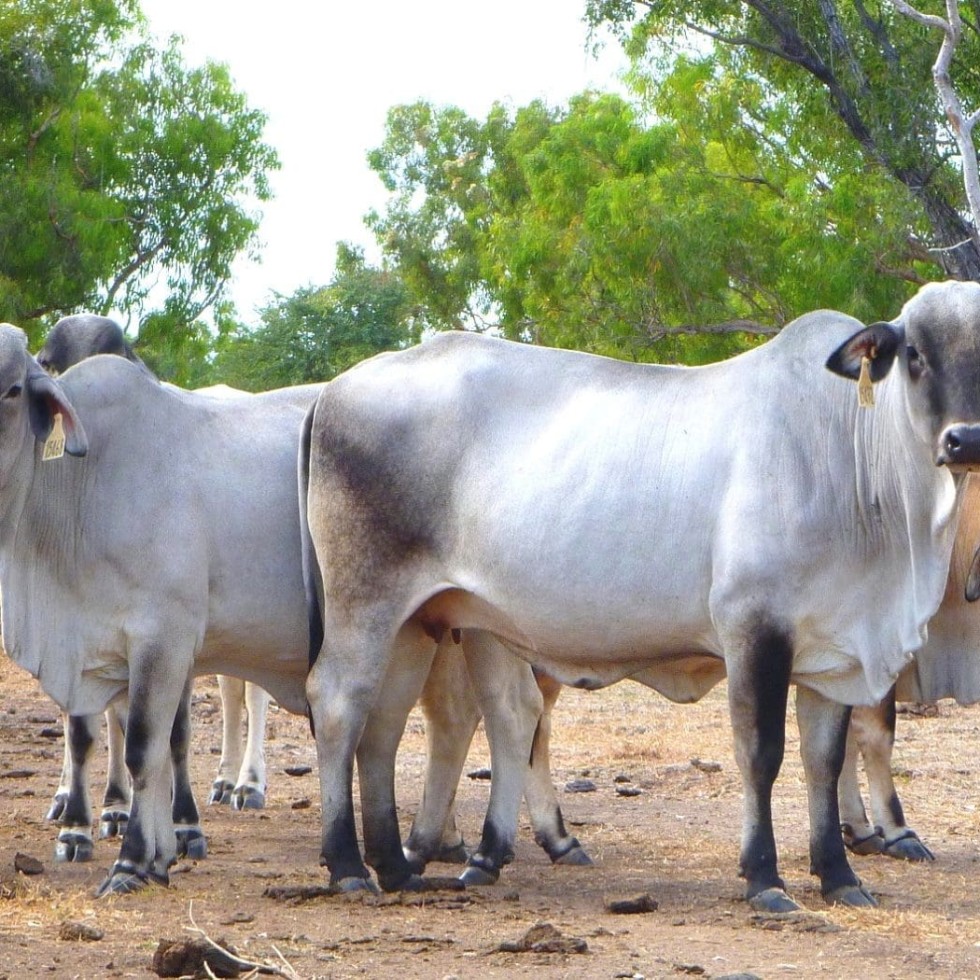 THE northern cattle industry has an opportunity to lift the rate of genetic gain by using artificial insemination.
THE northern cattle industry has an opportunity to lift the rate of genetic gain by using artificial insemination.
For producers chasing rapid genetic gains within larger herds, Fixed-Time AI is the most viable and practical solution, according to reproduction researcher, Dr Sophia Edwards.
Working on an MLA-funded project to improve pregnancy rates in Brahman cattle, Dr Edwards said even with FTAI’s modest success rates of 40–60 percent pregnancies on the first-cycle, it was the cheapest way to access bulls of high genetic merit.
“If a producer wanted to buy a bull with estimated breeding values (EBVs) in the top 10pc of its breed, they could expect to spend about $40,000. At best, that bull could cover 50 cows and at a 70pc weaning rate, that only translates to 35 calves (at $1142 each). It makes him very expensive,” she said.
However, buying equivalent semen at $40/straw or less, means the producer can spread those genes much further.
Dr Edwards said the first step when considering an FTAI program was to identify the breeding objective and set a realistic budget.
About $20/straw was a good ballpark figure to work on, she said.
“If you’re spending more than $50/straw or the semen is rare, I wouldn’t recommend FTAI. I’d use a heat detection program, which is more labour intensive, but generally more successful.”
Dr Edwards said heifers were the most cost-effective group to include in an FTAI program, but generally achieved lower pregnancy rates, usually only 40pc for Brahmans in a well-managed herd. Lactating cows, on the other hand, could achieve 50–60pc.
“Even if producers don’t want to AI, there are benefits to using the synchronising drugs,” she said. “The progesterone device can jump-start cows in lactation anoestrus to cycle.”
FTAI is considered labour-efficient because there is no need to manually heat-detect, which takes time each morning and night over several weeks; the infrastructure requirements are less and the producer doesn’t need an experienced inseminator available for the same extended period.
Also, there is no need for small holding paddocks or add-on feed costs.
Meat & Livestock Australia’s Research and Development coordinator, Geoff Niethe, himself a veterinarian, said that for many producers, particularly those in harsh environments, breeding their own bulls using AI made a lot of sense.
“AI is still the cheapest and most practical tool for producers in remote areas to rapidly disseminate highly sought after and emerging genetic traits such as polledness and improved fertility,” he said.
“It’s also an excellent way of breeding high genetic merit bulls that are well adapted to the local environment and won’t need a ‘let-down’ period before they start work.”
Dr Niethe suggested the factors which would lead a producer to choosing FTAI over observed heat were:
- Availability and cost of skilled AI technician (one day versus 2–3 days).
- A tight management program and the need to minimise time, fodder and staff to handle stock.
- Inability to commit to regular heat detection.
- Lacking confidence/skills/ infrastructure to achieve good heat detection.
- Good timing.
What is fixed time AI?
Fixed time artificial insemination (FTAI) describes the process where the oestrous cycles of cows and/or heifers are synchronised using drugs and all females are inseminated at the same time. This differs from other synchronised AI programs where females are only inseminated on signs of being ‘on heat’. FTAI eliminates the need for manual heat detection and reduces the insemination period and time in yards.
Source: MLA
